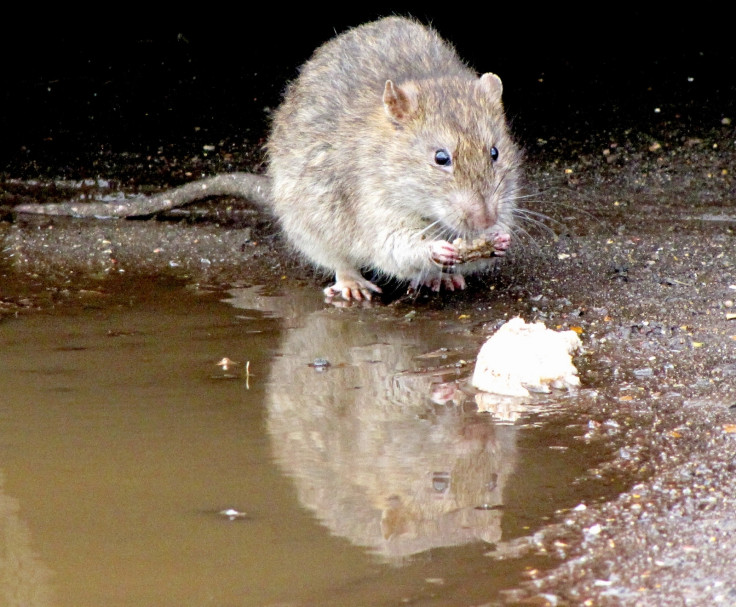South America: Lethal Hantavirus expected to spread due to climate change
Rats are carriers of the deadly Hantaviruses.

Up to 34% more people could be exposed to the deadly Hantavirus in parts of South America by 2050 as global temperatures rise, a new study finds.
As well as rising sea levels, more acidic oceans and more extreme weather, climate change is also set to increase the prevalence of tropical diseases to areas currently too cool for them to take hold. One such disease is the Hantavirus, according to the study, published in PLOS Neglected Tropical Diseases.
The types of Hantavirus present in South America – known as New World Hantaviruses – have a much higher mortality rate than those found in Europe and Asia (the Old World Hantaviruses). Between a third and half of people who contract a New World Hantavirus infection die.
The number of people at risk of infection by the Hantavirus in the state of Sao Paulo, Brazil, will increase by more than 20% by 2050 due to climate change. The conversion of native vegetation to sugarcane fields could also pose a risk to spread of the virus, as the rodents that transmit it thrive in this habitat.
The Hantavirus is transmitted to humans from rodents, which carry the disease but don't get ill themselves. They excrete the virus in their urine, faeces and saliva. When this dries up, tiny particles containing the virus break off and float in the air.
If a human breathes these in, the virus can penetrate the airways and enter the bloodstream. It can turn the body's immune system against itself to start attacking lung and kidney tissues.
"Our results reinforce the links between climate change and rises in incidence of diseases. These findings should be considered as an additional argument to encourage governments, companies and citizens to sign agreements and start massive campaigns in order to mitigate climate change impacts," the study authors said in a statement.
Predicting future disease incidence based on past data – when we're not entirely sure how fast climate change will happen and where will be most affected – is a tricky job.
"All this is projections into the future," Jan Clement, president of the International Hantavirus Society and a researcher at the University of Leuven in Belgium who was not involved in the research, told IBTimes UK. "I'm very curious to see how the whole thing will turn out, but I would not be surprised to see if it is something quite different."
But virologist Agnieszka Szemiel of the University of Glasgow, who also works on Hantaviruses and was not involved in the research, welcomed the study.
"With increasing climate change and rising temperatures, we can expect more Hantavirus infections. And the same with expansion of sugarcane plantations. There will be more rodents, which means more Hantavirus infections will be likely," Szemiel said.
The best way to mitigate increased risk is to make people aware of the risks of visiting or working in affected areas, she said. In addition, increased automation of agriculture in sugarcane fields could minimise human exposure to disease-carrying rats. But more worryingly, the potential increased reach of the Hantavirus is not the only one to be affected by climate change.
"These conclusions could be extrapolated to more or less any disease which is spread by rodents and to any fields where rodents can happily thrive," Szemiel said.
© Copyright IBTimes 2024. All rights reserved.







